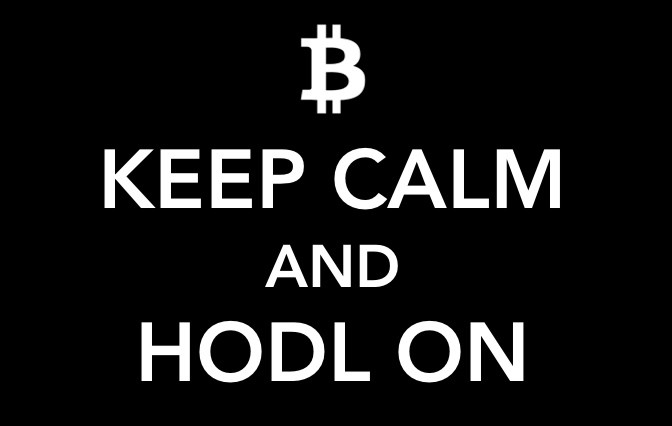What is Bitcoin?
The idea of digital currencies has been around since the ‘80’s – far before Bitcoin. Blockchains and peer-to-peer systems existed before Bitcoin as well. The real innovation that Bitcoin brought was the Proof-of-Work consensus mechanism that makes Bitcoin’s blockchain trustworthy.
Bitcoin is, as defined by Satoshi Nakamoto, a peer-to-peer payment system. All Bitcoin balances and transactions take place in the same system: Bitcoin’s distributed blockchain ledger. As such, there is no need for intermediary parties to take care of payment processing. Transactions are recorded and executed directly on the blockchain. In order to understand how, we have to understand what the blockchain is.
A blockchain is a distributed database. It consists of virtual ‘blocks’ that are filled up with data. Once a block is filled with transactional data, it is added to the chain and it can never be altered again due to high levels of encryption. Each block has a timestamp that links it to the last block and as such a chain forms. Data that is stored in a block will be a part of the blockchain forever and is completely immutable due to advanced cryptography. This immutability makes the blockchain viable as a ledger to keep track of who owns what.
Bitcoin’s blockchain always contains all balances of all users. It does this by registering all transactions ever made in its blocks. One can theoretically go back and trace a Bitcoin from the moment it was created.
Source/More: Bitcoin: The New Gold or the Currency of the Future? (complete guide) | LinkedIn

















